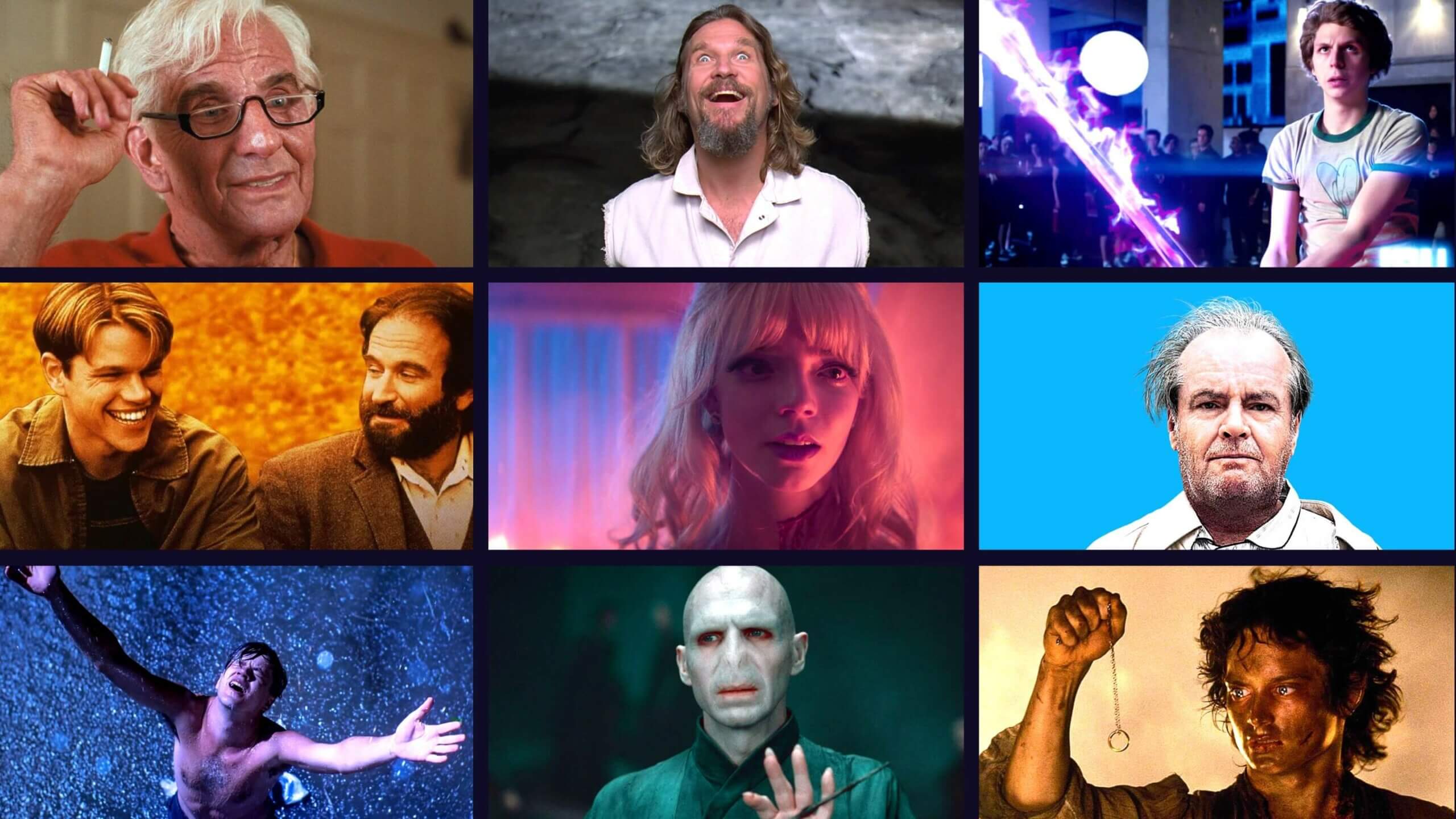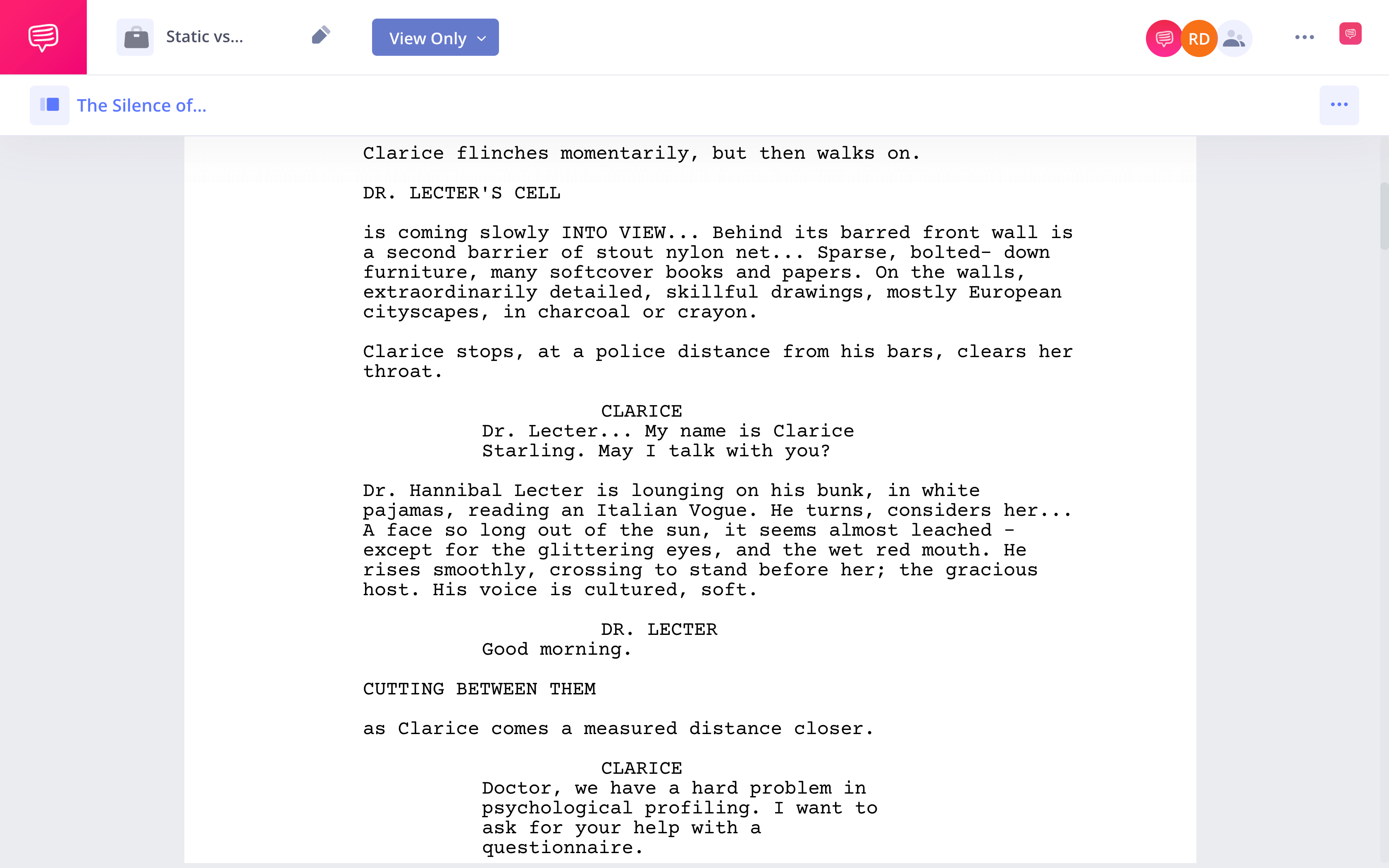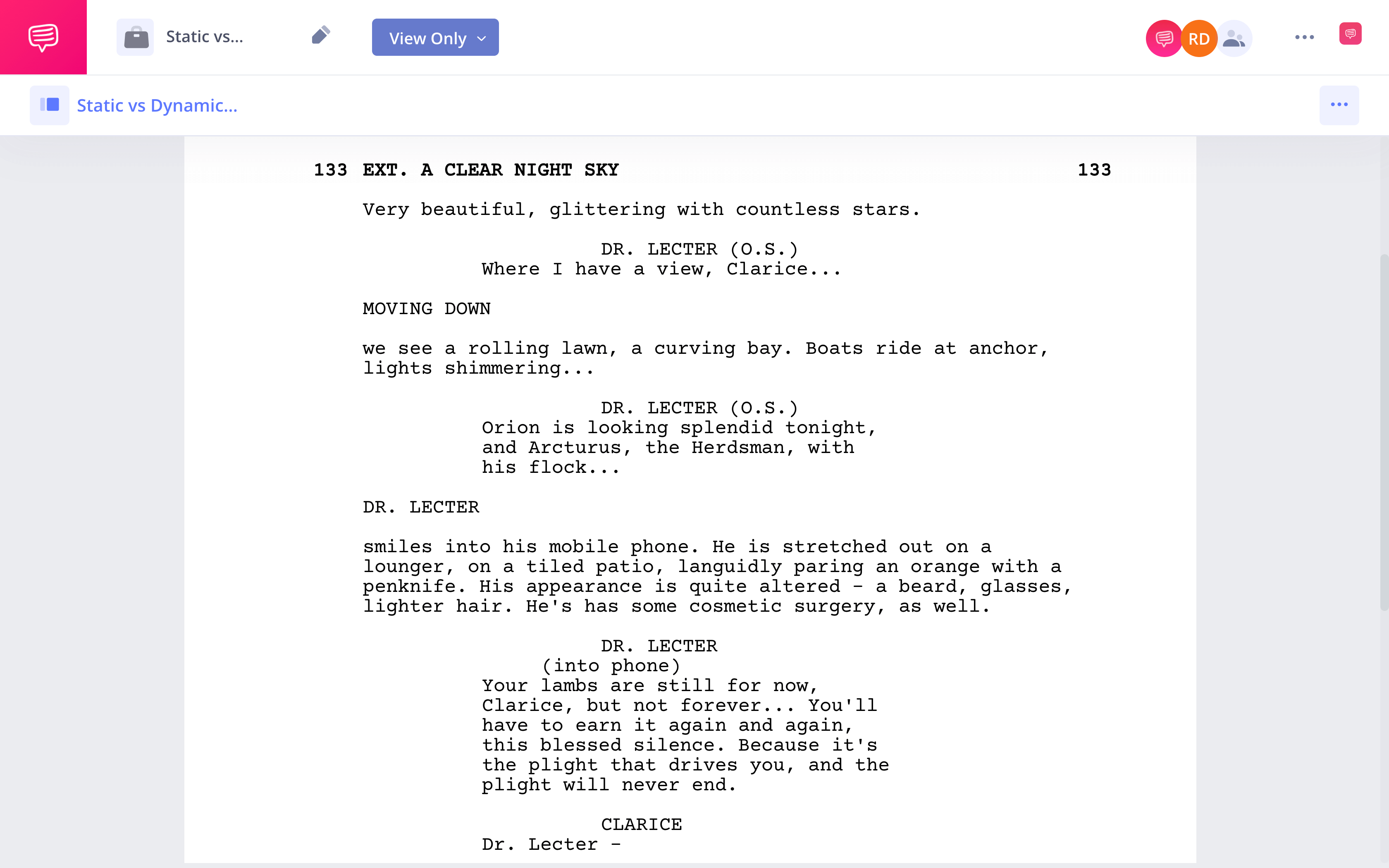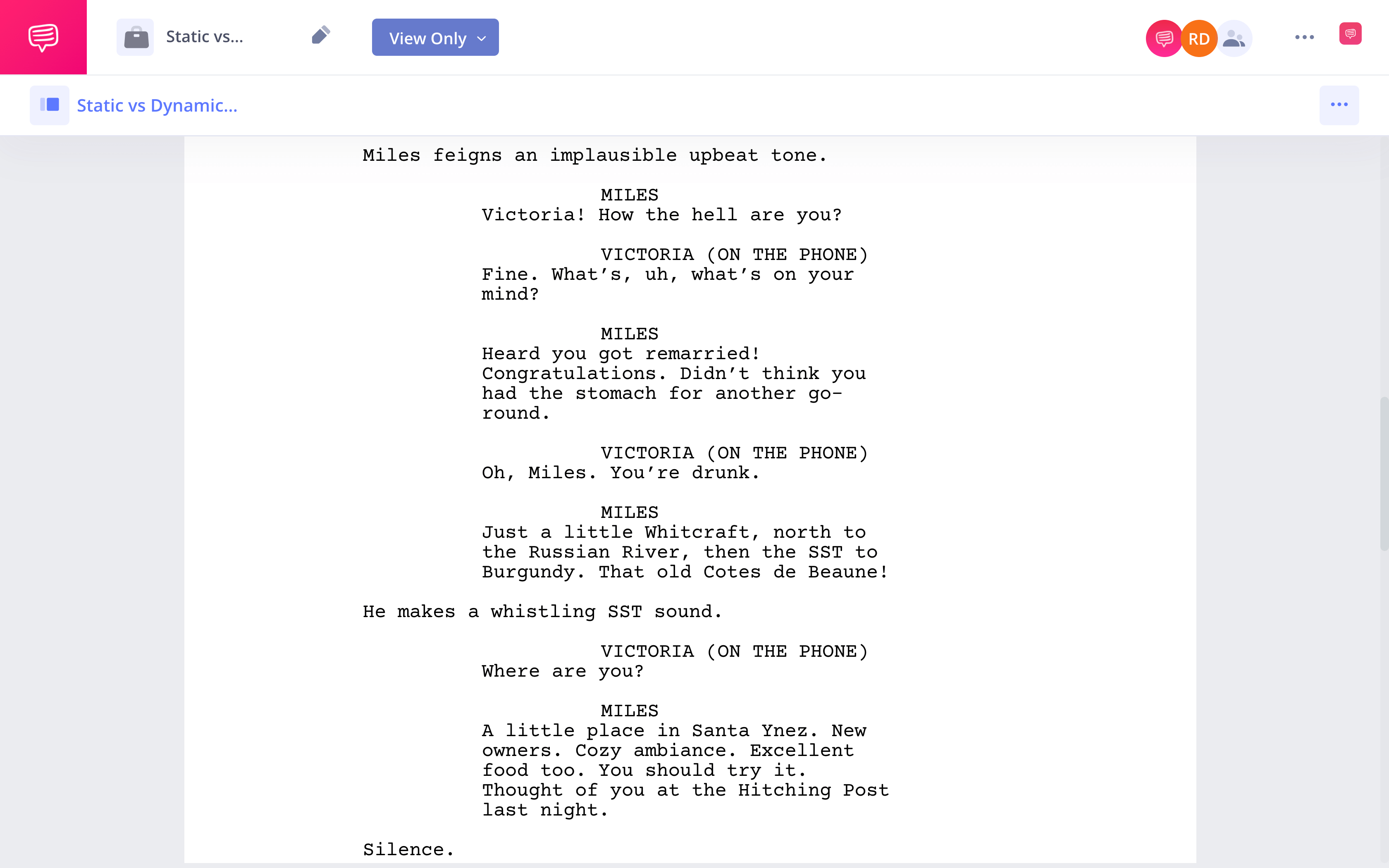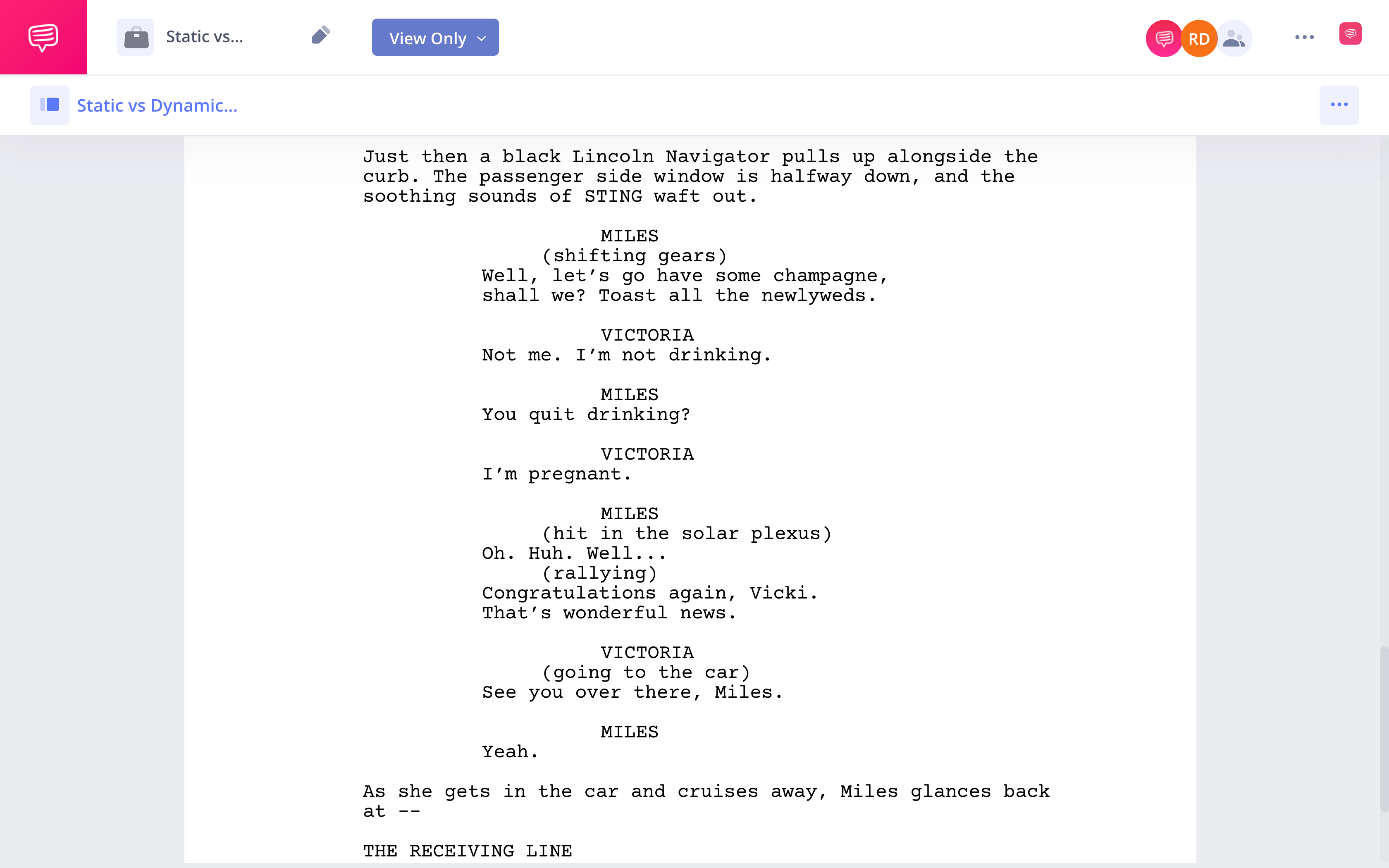In the vast realm of literature, characters either evolve or remain the same throughout the narrative. This dichotomy is not just about character development, but also significantly contributes to the unfolding of the plot and the conveyance of themes.
Thus, understanding the character types of a static vs dynamic character plays a pivotal role in extracting the underlying meaning and appreciating the depth of literary works or writing your own stories.
What is a Static vs Dynamic Character in Story?
Defining a static vs dynamic character
The selection between static and dynamic characters shapes the reader's connection with the narrative, amplifying emotional engagement. Let’s start by distinguishing static vs dynamic characters through each term’s definition.
STATIC VS DYNAMIC CHARACTER DEFINITION
What is a Static vs Dynamic Character?
Static Characters: As the name suggests, they are those whose personalities, attitudes, and beliefs remain consistent throughout the narrative. They are not affected by the events of the story and thus provide a stable perspective.
An iconic film example of a static character would be Darth Vader from the Star Wars saga. Despite his actions and the events that unfold, his dark and intimidating presence remains unchanged.
Dynamic Characters: On the contrary, dynamic characters undergo significant transformation, often as a result of experience or insight gained throughout the story. It is not simply a change in character circumstances, but a fundamental shift in their worldview or personality.
A classic example would be Ebenezer Scrooge from Charles Dickens' A Christmas Carol. Scrooge begins as a curmudgeonly miser, but by the end, he becomes a generous, kind-hearted individual.
Static Characters in Movies and Story
Value of static characters
Static characters hold a particular value in literary narratives, serving as a consistent element in the ever-evolving plot. Let's look at some of the functions of the static character that bring value to their use in storytelling.
Consistency in a Narrative
Static characters hold a central position in storytelling, primarily serving as stabilizing elements amidst the flux of the narrative. They offer a consistent lens through which the readers or viewers can perceive the unfolding events, rendering a sense of continuity and reliability.
Their unchanging nature provides contrast and highlights the transformations of other characters, thereby enriching the story's depth and complexity.
Static Characters' Impact on the Plot
Static characters play an indispensable role in propelling the plot. Their unwavering nature often acts as a catalyst for change, provoking dynamic characters to confront their flaws or spurring conflicts integral to the storyline.
Furthermore, their predictable behavior can create dramatic irony, enhancing the plot's depth and complexity.
Static Characters' Influence on Other Characters
Static characters can significantly impact the development of other characters. By remaining consistent, they serve as a contrasting foil to dynamic characters, highlighting their transformation.
Additionally, their enduring qualities can influence other characters' reactions or decisions, furthering character interaction and development.
Static Characters in Popular Films
In the realm of cinema, countless examples of impactful static characters exist. One notable instance is Hannibal Lecter from The Silence of the Lambs.
Lecter changes very little throughout the film. Take a look at his introduction, which we imported into StudioBinder’s screenwriting software:
Silence of the Lambs PDF
Lecter is calm, cool, and collected. He’s “lounging” and his voice is “cultured, soft.” Now, let’s take a look at his description in his very final scene.
Silence of the Lambs script PDF
The man has changed so little that he’s still lounging, albeit in a different place. He may look slightly different, but he’s still exactly the same.
But though he remains unchanged, his interactions with Clarice Starling lead to her profound character growth.
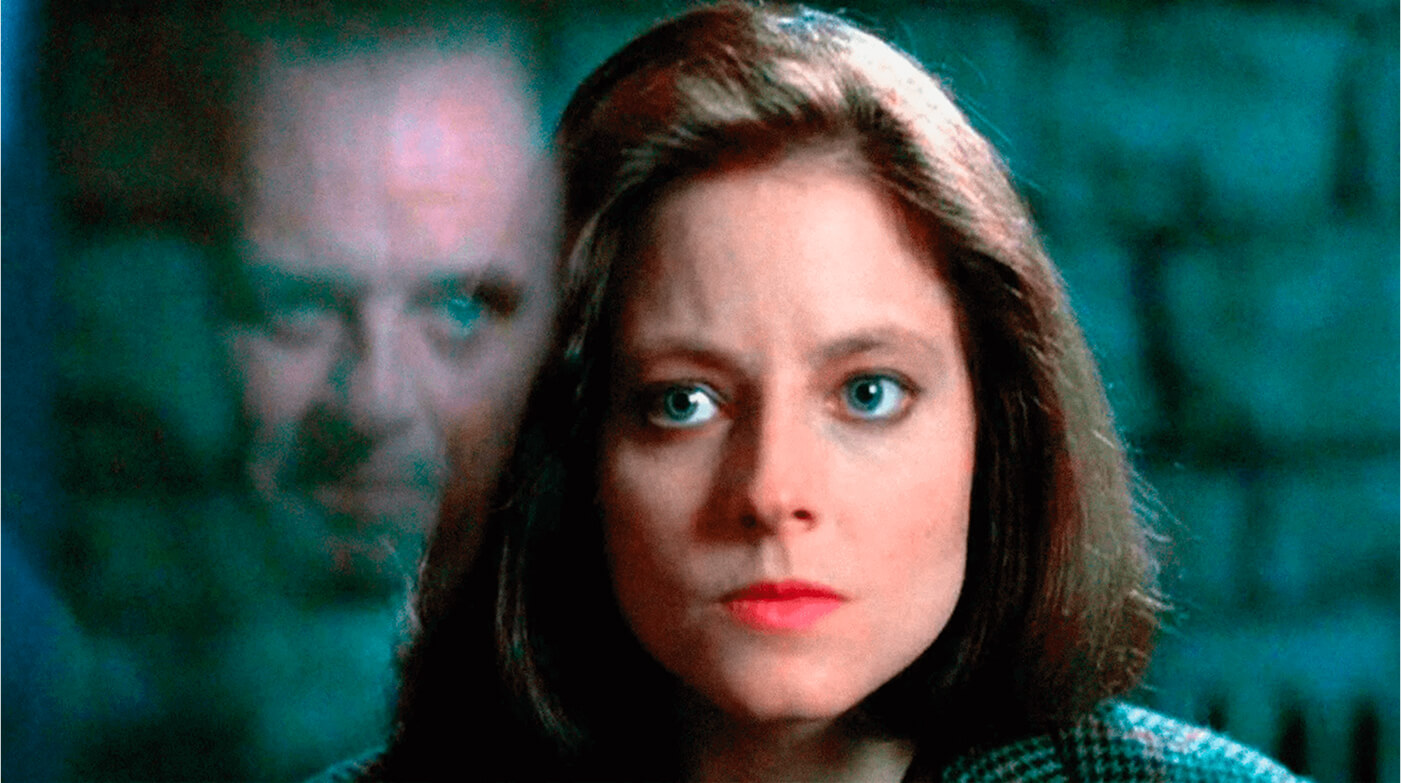
Silence of the Lambs
Similarly, Indiana Jones from the eponymous series, with his unwavering courage and determination, remains a static character who consistently drives the narrative forward.
These characters underline the fact that while static characters may not undergo personal transformation, they undoubtedly contribute to the richness and dynamism of the story.
Dynamic vs Static Character
Value of dynamic characters
Dynamic characters are the lifeblood of any narrative, imbuing it with unpredictability and depth. They markedly evolve as the story progresses — learning, growing, or even regressing in response to the events.
Let's delve into the nuanced significance of dynamic characters and their critical role in driving the story forward.
Importance of Dynamic Characters
Dynamic characters serve as the beating heart of a narrative, humanizing stories with their complex emotions and transformative journeys. They often embody the primary themes of a story, allowing readers or viewers to understand and engage with these messages more deeply.
For example, in J.D. Salinger's The Catcher in the Rye, Holden Caulfield undergoes a transformative journey, reflecting the novel's exploration of alienation and the search for authenticity.
Dynamic Characters' Impact on the Plot
Dynamic characters' transformations are often central to the plot, driving the narrative forward. Their evolution, which stems from their experiences and interactions, creates intrigue and suspense, keeping audiences hooked.
In the movie The Godfather, Michael Corleone's transformation from a morally upright war hero to a ruthless mafia boss forms the crux of the plot, making the narrative compelling, following his fall as a tragic hero.
Michael Corleone: The Tragic Hero
Dynamic Characters' Influence on Other Characters
Dynamic characters can have a profound impact on other characters and their development. Their actions, decisions, and transformations often serve as turning points in the narrative, triggering change in other characters or the storyline. In Pride and Prejudice by Jane Austen, Elizabeth Bennet's dynamic nature and evolution influence not just her personal journey but also the attitudes and actions of Mr. Darcy, a fellow dynamic character.
Dynamic Characters in Popular Films
Dynamic characters abound in cinematic narratives, often delivering the most impactful performances. In Sideways, Miles begins as an angry and depressed recluse. He’s coming off a divorce and is a mess when his ex-wife is brought up, as we can see in this scene where he drunkenly calls her:
Sideways script PDF
But by the end of the movie, he grows up– just a little. Instead of making a huge stink at the wedding, which he promised to do, he takes the high road:
Sideways screenplay
As Sideways shows us, a dynamic character doesn’t need to make a huge 180. They can change slowly, and just a little.
Another notable example is Luke Skywalker from the Star Wars series is one of the most iconic dynamic characters in film. His journey from a simple farm boy to the savior of the galaxy forms the backbone of the Star Wars saga.
Related Posts
Static vs Dynamic Character Writing Tips
Crafting Static and Dynamic Characters
Creating memorable characters is a vital aspect of storytelling. Here are some tips to help you develop both static and dynamic characters effectively:
Static Characters
Consistency: Keep the character's personality, values, and behaviors consistent throughout the story. This doesn't mean they can't have layers or depth, but their core should remain the same.
Purposeful Placement: Use your static characters to highlight contrasts with your dynamic characters, or to provide stability within the world of your narrative.
Avoid Stereotypes: While static characters don’t undergo significant changes, they shouldn't be one-dimensional or cliché. Make them interesting and complex.
Dynamic Characters
Clear Character Arc: Your dynamic character should undergo a clear transformation and character arc. This could be a change in their beliefs, attitudes, or behaviors that is triggered by the events in the story.
Motivation: Ensure your dynamic character has a strong motivation driving their change. This could be a goal they want to achieve, a fear they want to overcome, or a question they seek to answer.
Show Progression: Don’t make the change happen all at once. Gradually show how the character evolves in response to the events and conflicts they encounter.
Remember, whether static or dynamic, each character should serve a purpose and contribute to the overall narrative in a meaningful way.
It’s important to remember that both static and dynamic characters bring unique value to a narrative. Static characters offer stability and contrast, underscoring the transformations of others, while dynamic characters bring depth, complexity, and human relatability to the story, embodying its themes and driving the plot. Both character types, utilized effectively, contribute to the richness and dynamism of storytelling.
Up Next
Round vs. Flat Character
As we've explored the significance and development of static and dynamic characters, it's equally important to understand other character classifications in literature. Let's now delve into another fascinating topic: the comparison between round and flat characters.
